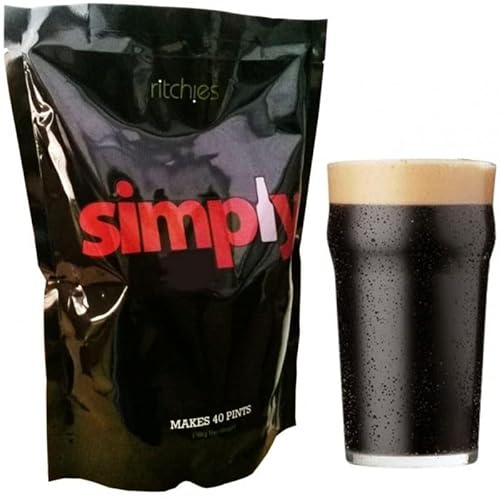It's probably the only beer I've ever brewed that I didn't taste immediately before bottling, sods law really, that certainly would have narrowed it down a bit.Little to no Milton residue suggests some! This could be your cause, what did the beer taste like before you bottled it?
I use Milton to sterilise everything, have done for decades, this is the first time I've ever had off flavours of any kind.
The more I read up on this, the more I'm inclined to believe it may have actually been the water after all. I've only ever done one gallon at a time, left the water overnight to de-chlorinate and it's been fine.
This was the first time I've brewed five gallons at a time, would it need to sit out longer? Would stirring it every once in a while help? Or is it a good idea to use a campden tablet?









































